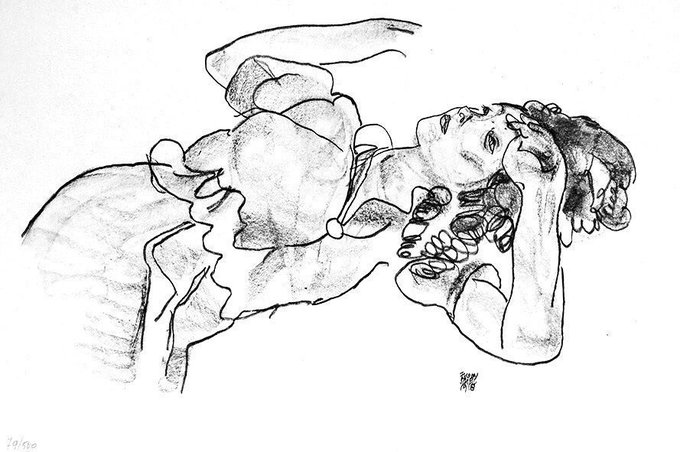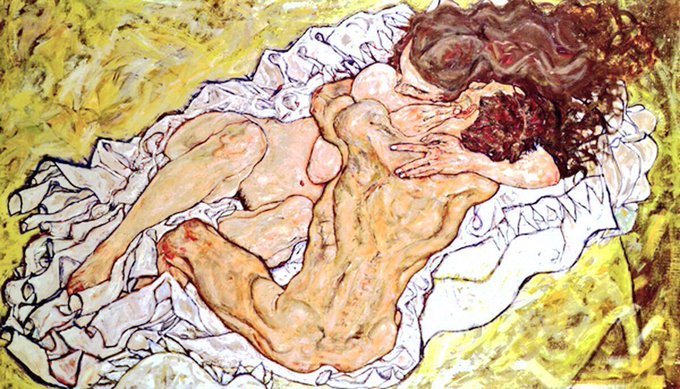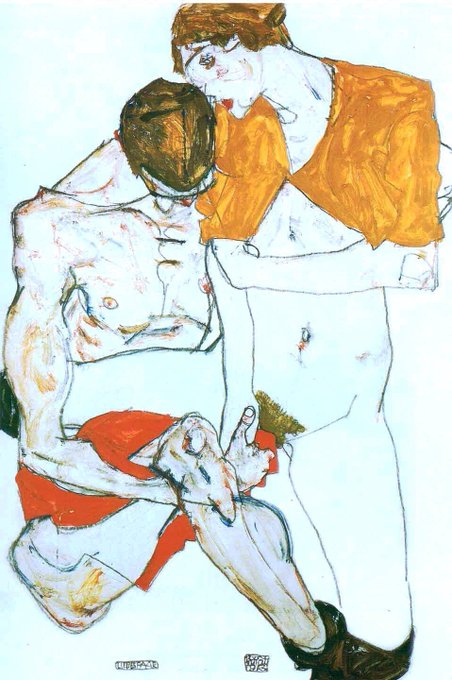His pictures of the 1860s often included either nymphs or peasants. The critics preferred peasants & complained if he included mythological creatures. Mother & Child (c1860), Reverie (1860-5) & the Curious Little Girl (1860-4)
Rembrandt (1647) created the tenebrous Landscape with the Rest on the Flight into Egypt. His ability to tell a story, striking use of light & uncanny ability to depict objects in small brushstrokes is clear. You can even identify the species of oak beside the Holy Family.
Goya (1746-1828) painted El Sueño in about 1800. It has a clear relationship with the Majas. The work is a study of a sleeping woman where his subtle brushwork allows the eye to imagine one can see her breathing. When purchased the Irish media called it pornographic!
François Boucher (c1751) depicts the courtesan Mademoiselle O’Murphy in this drawing. A girl of Irish extraction she holds the laurels for possibly being the most famous Irish woman in art. The drawing is a new acquisition- for comparison here’s the finished picture (in Cologne)
Thread: The National Gallery of Ireland is one of the finest collections of art, with a rich & superb collection. Artists represented range from Vermeer to Velázquez. With reduced public health measures it’s worth visiting but do wear a mask & social distance
In 1918 the ‘Spanish’ Flu killed his pregnant wife & then Schiele, three days later. The virus cut off one of Europe’s greatest artists in his prime. Two Women (1917), The Family (1918), Woman (1918) & Paris von Gütersloh
He was conscripted in 1915 & was based in Prague. During this time he continued to paint & draw. He continued to exhibit widely. He was even given a studio by his CO. Prisoner of War (1916), Nude (1917), Lovers II(1917) & Four Trees (1917)
Houses with Laundry (1914), Man & Woman (1914), Portrait of Friederike Maria Beer (1914) & Self-Portrait (1914)
The Holy Family (1913), The Truth was Revealed (1913), Triple Self-Portrait (1913) & Woman in Black Stockings (1913)
Double Portrait (1913), Fighter (1913), Lovers (1913) & Sawmill (1913)





























